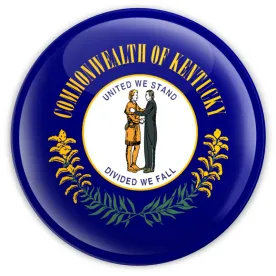The University of Kentucky (“UK”) announced that it had fired all the coaches of its powerhouse cheerleading team on May 18, 2020 after a three-month internal investigations into allegations of hazing, public nudity, lewd chants, and alcohol use among team members over a number of years. UK released an eight-page internal report by its Institutional Equity and Equal Opportunity office that probed, among other things, whether “the coaches . . . knew of or should have known” about misconduct by team members and concluded that the “weight of the information provided is sufficient to establish that the coaching staff were aware or reasonably should have been.”
The now-former UK cheerleading coaches are the latest of several leaders to lose their jobs for failing to stop misconduct by others. UK’s decisive action personifies President Harry S Truman’s “the buck stops here” sign. Several other colleges and universities have experienced similar examples. Indeed, in 2017 UK’s rival the University of Louisville fired its legendary basketball coach, Rick Pitino, amid an FBI investigation into the school’s storied team. Pitino was never charged or implicated in wrong doing but recently acknowledged that Louisville was right to fire him. In an interview this March, Pitino said “I made excuses. I should have just said, ‘I hired them [my assistant coaches], I take full responsibility, the axe has to fall on me.”
The National Collegiate Athletic Association promulgated controversial amendments to its bylaws in 2013 that make head coaches responsible for violations of assistant coaches and other staff. Among the reasons for the NCAA’s so-called “head coach control” rule was to encourage more active oversight of others by those with power to encourage or discourage behaviors.
What lessons can we draw from UK and the NCAA? First, that leaders of organizations – including corporations – must not bury their heads about potential misconduct by their subordinates. Rather, if a leader (like a head coach, executive, General Counsel, or compliance officer) even suspects wrongdoing by personnel in the organization, it is very important to take decisive measures to identify the conduct. It is not enough, as these coaches have learned, to later claim to have been unaware of the conduct. Rather, leaders must identify and resolve any red flags of conduct by their personnel. Failure to do so could result in serious consequences.
Second, this episode illustrates that the line between reputational and legal risk is often indistinguishable. Too often, organizations focus on legal risk and relegate reputational risk to a secondary consideration. As the UK conduct and response demonstrates, reputational risk and legal risk can be intertwined or one can lead to the other. Thus, it is essential to address both forms of risk together. In other words, risk is risk, especially in the social media age. Organizations must constantly be on the lookout for new types of risk, and be innovative in identifying and mitigating them. Whatever short-term pain decisive actions like UK’s termination of its coaches may inflict, they are more than justified as necessary to preserve and defend the organization’s integrity.



 />i
/>i
